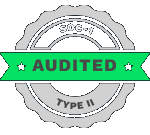Table of Contents:
Introduction
Designed and developed by Snowflake, Cortex Agents are a specific type of AI tool influencing Large Language Models (LLMs) and enterprise grade data for executing tasks, evaluating information, and producing insights. These Cortex Agents help in gathering insights and developing clear answers. Enabling a more comprehensive and intellectual approach towards data reporting and evaluation, Cortex Agents allows better handling in complex enterprise environments.
Cortex Agents has been regarded as a major step by Snowflake customers since it allows them to launch AI agents at the proper scale with combined governance as well as retrieval of data from both unstructured and structured data. They allow Snowflake customers to use native platforms for developing AI to resolve business requirements. Snowflake’s Cortex Agents are a response to the constantly growing & evolving involvement of Artificial Intelligence. Enterprises tend to struggle with their objective of maintaining security, accuracy, and trust in terms of data access.
How snowflake is suitable for development of AI Agent
Cortex Agents in Snowflake are designed to deliver intelligent, compliant, and scalable automation across your data ecosystem. They can plan by interpreting even ambiguous queries, breaking them into manageable tasks, and routing them through the appropriate tools for policy-aligned execution. Once the plan is in place, they leverage Snowflake tools to access and analyze both structured and unstructured data sources.
Through reflection, Cortex Agents assess tool outputs to refine their approach, whether that means requesting more information or generating a final, accurate response. Post the deployment, the teams can monitor and iterate agent behavior using tools like TruLens to ensure performance, trust, and continuous optimization on scale.
Cortex Agents – Understanding their Workflow
Cortex Agents orchestrate both structured and unstructured data sources to deliver insights. They plan tasks, use tools to execute these tasks, and generate responses. Agents use Cortex Analyst (structured) and Cortex Search (unstructured) as tools, along with LLMs, to analyze data. Cortex Search extracts insights from unstructured sources, while Cortex Analyst generates SQL to process structured data. Comprehensive support for tool identification and tool execution enables the delivery of sophisticated applications grounded in enterprise data.
The overall workflow of cortex agents involves four major components:
-
Planning: Many applications tend to shift the processing of data from structured and unstructured sources. A conversational application designed to respond to user queries is an ideal example of this scenario. A business user might wish to check for a list of most distributors in terms of revenue which is derived from structured data sources. Again, the agent might seek information about a contract which is from unstructured data sources. Cortex Agents can parse a request to orchestrate a plan and arrive at a solution or response.
-
Tool usage: Once the plan is set, these agents initiate retrieval of data in an efficient manner. The Cortex Search (one part of the Cortex Agents) extracts the required data/information from unstructured data sources. Next, the Cortex Analyst (second part of the Cortex Agents) develops SQL queries to process structured data. This combination of tool identification and execution facilitates delivering sophisticated applications that handle enterprise-grade data.
-
Reflection: Post every tool usage, the agent assesses the next step, which is seeking explanation, repetition, or creating a final answer. This step lets the agent manage complicated data queries along with adhering to the Snowflake’s parameters.
-
Monitoring & Iterating: Once deployed, clients/customers would be able to monitor, evaluate, and improve the overall behavior for undertaking constant improvements. Developers, on the client-side application, can implement TruLens for observing/monitoring the interactions of cortex agents. This process enables enterprises to update/upgrade AI agents within their security and compliance parameters.
Common Uses of Cortex Agents
Designed to bring AI into the enterprise level through planning across both structured and unstructured data sources. Also, they enable delivering proper information while ensuring efficiency and accuracy. Below are some of the common uses of Cortex Agents.
-
Upgrading business intelligence: Cortex agents can break down complicated queries, acquire appropriate data, and create relevant responses. Also, they can automate the overall procedure of recognizing trends and patterns, along with any abnormality in data. These agents are employed to investigate data, identify connections, and acquire an in-depth understanding of business operations.
-
Enhancing data efficiency and accuracy: Cortex agents can automate the complete data retrieval and evaluation process, thereby decreasing the need to get and analyze the data manually. Due to automation of data retrieval and analysis, decisions can be taken faster and on a more informed level. Along with these, cortex agents ensure that the data retrieved is accurate and adheres to enterprise policies.
-
Fueling AI-powered applications: Cortex agents can be incorporated into conversational interfaces for responding to user queries related to data. These agents can be employed for automating tasks that are repetitive in nature, therefore giving employees/clients/customers focus on more strategically vital tasks.
-
Security Applications: Cortex agents are employed to analyze data for identifying and countering threats. These agents can be used for accumulating forensic data for security professionals to investigate incidents. Cortex agents also help organizations highlight and manage cyber risks to enhance their overall security response and capabilities.
Why Building Cortex Agents with Snowflake?
Now, many might wonder why snowflake is used to create cortex agents and not any other platform. There might be multiple platforms; however, building cortex agents with snowflake provides an impactful manner to employ AI for various data-driven enterprise grade innovations. Cortex agents let the development of trustworthy conversational applications which employ both unstructured and structured data.
A quick glance at the reasons that highlight the importance of snowflake for creating cortex agents.
-
Employing both structured & unstructured data for a unified data experience.
-
Incorporate rich context for delivering more accurate, AI-driven insights.
-
Streamline automation of data retrieval & workflow for quicker AI deployment.
-
Understand agent decisions and easily integrate via APIs.
-
Integrate with other conversational applications for real-time AI interactions.
-
Select from GPT-4.1, Claude 3.7 Sonnet, o4-mini, and other top LLM models.
-
Simplified user experience with intuitive AI access to complex data and faster insights.
-
Empower teams to make data-driven decisions quickly.
-
Develop enterprise-grade performance within the Snowflake ecosystem.
Components of Cortex Agents
-
Orchestration: Managing the flow of data & operations throughout different sources such as data warehouses, unstructured documents, and APIs. It works as a control center to ensure seamless coordination among various data inputs, tools, and models. This will enable the AI workflows to be simplified and constant.
-
Task Planning: Transforming user queries into actionable subtasks to decide the ideal sequence for their execution. This will let cortex agents decide and strategize the retrieval and processing of data to ensure correct and effective responses for complex queries.
-
Tool Execution: Executing the correct set of tools as per the data type helps in precise & relevant analysis and acquisition of required information. For example, Cortex Analyst is designed for structured data type whereas Cortex Search is for unstructured data types.
-
LLMs or Large Language Models: By incorporating with the most popular LLMs such as OpenAI GPT-4.1 and o4-mini, it allows users to ask queries in simple layman terms while receiving intelligent, human-like insights as per their queries.
-
Response Generation: This component enables refining output from various data sources, tools, & LLMs into a final and acceptable response to a user query. This ensures that the result/output delivered is aligned with the user’s intent.
Cortex Analyst: AI-powered SQL generation, with semantic understanding
Cortex Analyst can be used as a tool within Cortex Agents.
Unlike typical text-to-SQL systems that rely only on pattern matching, Cortex Analyst uses a semantic model to map business terms to underlying data. This unique approach improves precision in real-world use cases that involve complex multi-table environments.
What’s new with Cortex Analyst?
-
Handling increased schema complexity: Cortex Analyst now goes beyond just star-schema and Snowflake-schema JOINs. Our new advanced JOIN validation mitigates common issues, such as JOIN hallucinations and double counting, which often arise in complex queries. This allows Cortex Analyst to support multi-table queries without compromising precision.
-
Semantic model generation and monitoring: Our public preview of the new Analyst Admin UI in Snowsight simplifies the process of building and refining semantic models. Admins can select tables and columns and use LLMs (running within Snowflake’s secure perimeter) to generate a starting Semantic Model YAML file. The admin interface also monitors user engagement and feedback. This allows customers to track usage and make informed improvements to semantic models over time.
-
Customization for business-specific logic: With Custom Instructions now in GA, users can tailor Cortex Analyst to their unique business needs using natural language in the Semantic Model file. Common use cases include specifying fiscal year start dates, explaining internal naming conventions and prioritizing key tables during SQL generation.
-
Proven performance on benchmarks: Based on internal benchmarks, we have achieved 90% accuracy for text-to-SQL use cases. With Anthropic’s Claude 3.5 Sonnet, we are able to further enhance the performance for improved experience. Cortex Analyst, running on Claude, outperforms other models on real-world queries by using information stored in the semantic model.
With these updates, Cortex Analyst enhances structured data analysis and simplifies admin setup for agentic applications.
Cortex Search: High-quality context engine for unstructured data
Cortex Agents use Cortex Search to retrieve unstructured data (e.g., text, audio, image, video). Cortex Search is a native hybrid search, a combination of vector and lexical (keyword) search, with an additional semantic reranking step, to deliver high-quality, low-latency retrieval at scale.
What’s new with Cortex Search?
-
Increased scale and affordability: Cortex Search now supports indexing hundreds of millions of rows. Additionally, serving costs for Cortex Search have been reduced by 30% because of infrastructure optimizations.
-
Improved customizability: Cortex Search now provides the ability to select the vector embedding model for semantic search. This includes two multilingual models, snowflake-arctic-embed-l-v2.0 and voyage-multilingual-2. Additionally, Cortex Search supports date-range filtering on metadata columns.
-
New preview features: New preview features include the Cortex Search Admin UI (for observability and quality tuning); boosting and decays on numeric and time signals; result confidence scores; and advanced filtering capabilities. With these new features, Cortex Search offers a scalable and customizable foundation for search and agentic applications built on Snowflake data.
AI Observability: Evaluation and tracing of AI Agents
AI observability brings reliability, performance, and trust to generative AI applications. With proper evaluations and monitoring, businesses can get more accurate results, optimize costs, and address their governance needs.
What’s new with Cortex AI Observability?
Cortex AI Observability on Snowflake is powered by TruLens and will be available in public preview soon.
-
End-to-end evaluation: AI Observability can evaluate the performance of agents and apps, using techniques such as LLM-as-a-judge. It can report metrics such as relevance, groundedness and harmfulness, giving customers the ability to quickly iterate and refine the agent for improved performance.
-
Comparison: Users can compare evaluation runs side-by-side and assess the quality and accuracy of responses across different LLM configurations to identify the best configuration for production deployments.
-
Comprehensive tracing: Customers can enable logging for every step of agent executions across input prompts, tool use and final response generation. This allows easy debugging and refinement for accuracy, latency, and cost.
How to create cortex agents?
For anyone who wishes to create cortex agents using Snowflake, there are a couple of things that should be taken care of – setting up authentication, defining environment variables, and creating a semantic model. Plus, one is required to design a cortex search service for unstructured data and adjust it for specific needs. Finally, an Agent API needs to be created as well to enable interaction with cortex agents.
Let’s look at a more detailed breakdown of the process:
Authentication
Key pair authentication: The REST APIs of Snowflake need authentication through what is known as JWT (JSON Web Token). That’s why you need to establish key-pair authentication first.
-
Creating a JWT token: Command-line tools like curl can be used to generate a JWT token using the authentication key-pair you created and the account details.
-
Making a copy of the token: Keep a copy of the generated token details to be used later.
Establishing environment variables: To set up your environment variables, create a .env file and define all necessary parameters. These include public variables like NEXT_PUBLIC_SNOWFLAKE_URL and private authentication keys such as SNOWFLAKE_ACCOUNT, SNOWFLAKE_USER, and SNOWFLAKE_RSA_KEY for secure Snowflake access and service integration.
Calling Agent API: For calling your Agent API, there are three simple steps –
- Find the URL for your Snowflake account for the Agent API endpoint
- Use curl or any other command-line tool along with your JWT token for putting query on the Agent API
- Use the Agent API to communicate with the Cortex Agent to gather results.
There are also two more optional steps that are required if the user is creating a semantic model or a Cortex Search Service.
Creating a semantic model
-
Semantic Model: In case you are planning on employing Cortex Analyst, you should design a semantic model for connecting the business-friendly language to the database schema.
-
Next, you should consider utilizing Snowflake Quickstarts’ model generator.
-
For a semantic model, it should be uploaded in Snowflake using the Snowflake console or SQL worksheet.
Creating a Cortex Search Service
-
Cortex Search Service: This service will help users query unstructured data.
-
Configuration: Configuring the service requires adjusting it as per required settings and connecting it to the unstructured database.
Challenges and overcoming them
Like every tool and platform, Snowflake Cortex Agents come with their own set of challenges. Obviously, they also come up with their own set of solutions, so users need not worry about not being able to get out of those challenges. Let’s learn about them to understand cortex agents a bit better.
Challenges
-
Compatibility issues: Cortex agents are required to be compatible with the different environments and versions of software and OS.
-
Consumption of resources: Cortex agents can utilize a significant chunk of resources, possibly affecting performance.
-
Evolving threats: Threats related to cyber domain are constantly upgrading. This needs the agents to be constantly updated with the latest threat intelligence & security features.
-
Failures in upgrading agents: Cortex agents might stop interacting or experience issues during their upgrade.
-
Delays in updating content: Any delay in updating their content, the systems might be prone to new threats.
Overcoming Them
-
Phased rollout: Releasing the update in a phased sequence by starting with the authorized control group and then gradually out to the rest of the organization.
-
Global settings: Adjusting global settings on the cortex agents in terms of upgrades and updates to ensure seamless policies throughout the network.
-
Regular updates: Keeping the latest version of cortex agents ensures efficient protection against new threats.
-
Proactive communication: On time reporting issues in the cortex agents to the respective team can result in faster resolution.
-
Monitoring: Tracking the health and performance of cortex agents on a regular basis can help identify potential issues at an early stage.
-
Frequency of updating content: Updating content on an immediate basis helps resolve any latest threat.
-
Allocation of resources: Allocating sufficient resources to the agents as well as their relevant processes is vital to prevent any setbacks to their performance.
Future of Cortex Agents
How are cortex agents going to help businesses?
If we talk about the future of snowflake cortex agents, they would probably be undergoing a tremendous transformation – from a simple retrieval tool to highly advanced AI assistants – that can be competent of executing complicated data analysis, threat detection, and operational automation.
By incorporating AI-powered decision-making, they will evaluate data, identify patterns, and create predictive insights throughout different industries. Cortex Agents will upgrade threat detection and mitigation, playing a critical role in proactive cyber defense. Also, their potential in handling both structured and unstructured data will give organizations more actionable insights.
Conclusion
Whether it’s enhancing business intelligence, automating data retrieval, or supporting security initiatives, Cortex Agents provide a robust foundation for aligning AI-driven workflows with organizational goals. By operating natively within the Snowflake ecosystem, they ensure that governance, compliance, and trust remain central to every interaction.
In a data-driven world that’s rapidly evolving, Cortex Agents don’t just keep at peace; they lead the way. For enterprises looking to unlock the true potential of AI within their data stack, Cortex Agents are not just a tool; they’re a strategic advantage.













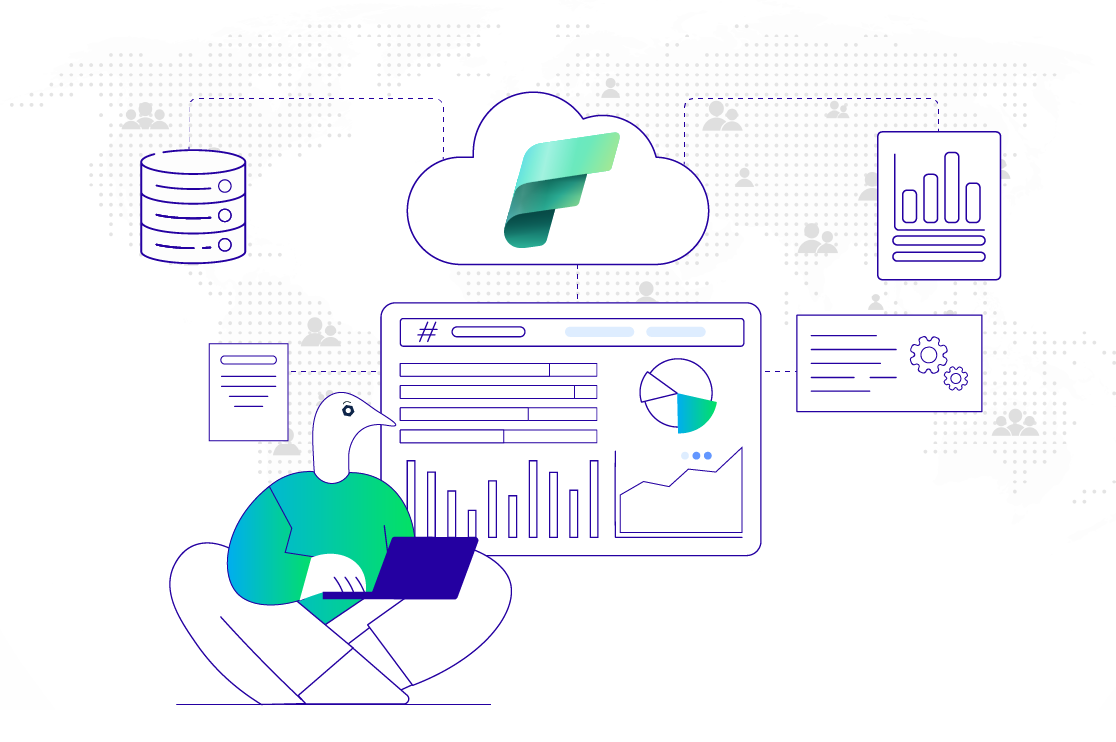 How Microsoft Data Fabric Integration Ensures Compliance, Security & Standardization for Enterprises
How Microsoft Data Fabric Integration Ensures Compliance, Security & Standardization for Enterprises 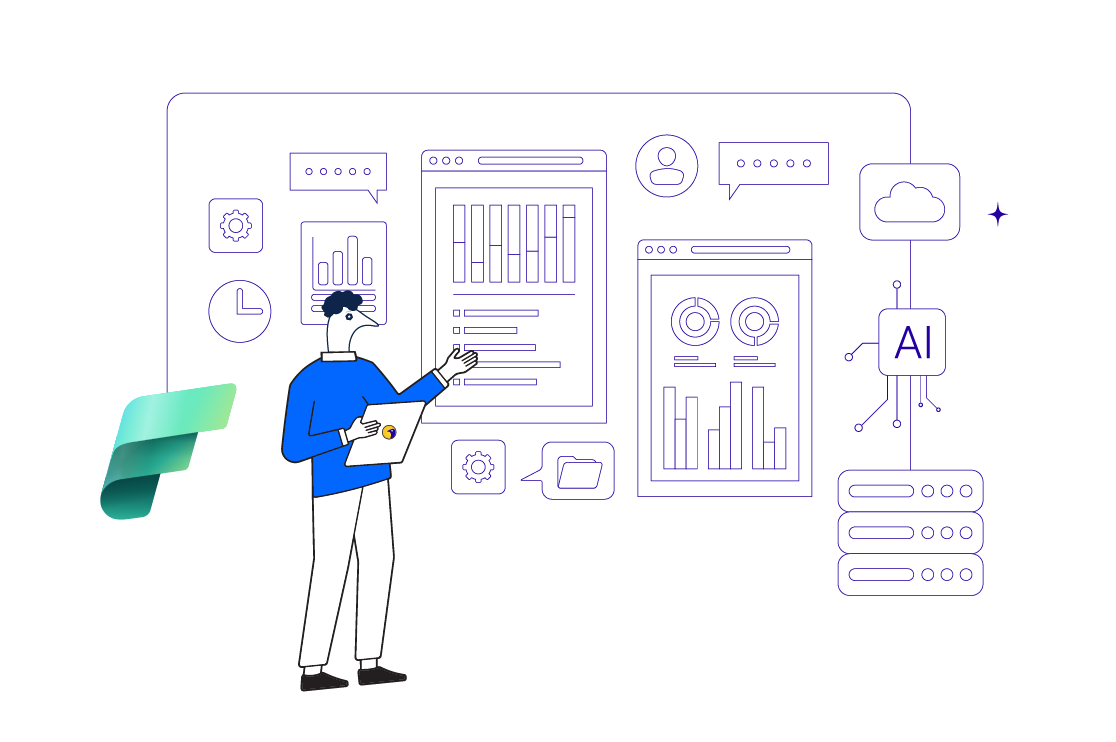 Real-Time Intelligence in Microsoft Fabric: Enabling CXOs With Faster Decisions
Real-Time Intelligence in Microsoft Fabric: Enabling CXOs With Faster Decisions 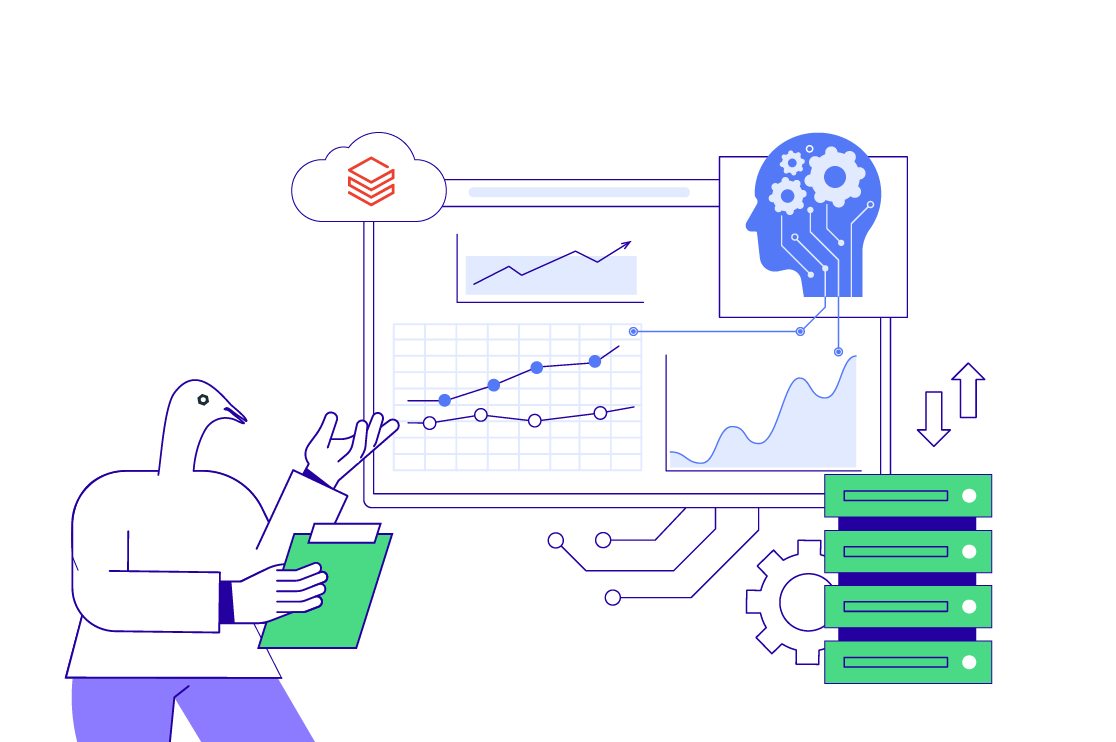 Scaling AI & Analytics on Databricks: CXO Use Cases that Deliver
Scaling AI & Analytics on Databricks: CXO Use Cases that Deliver 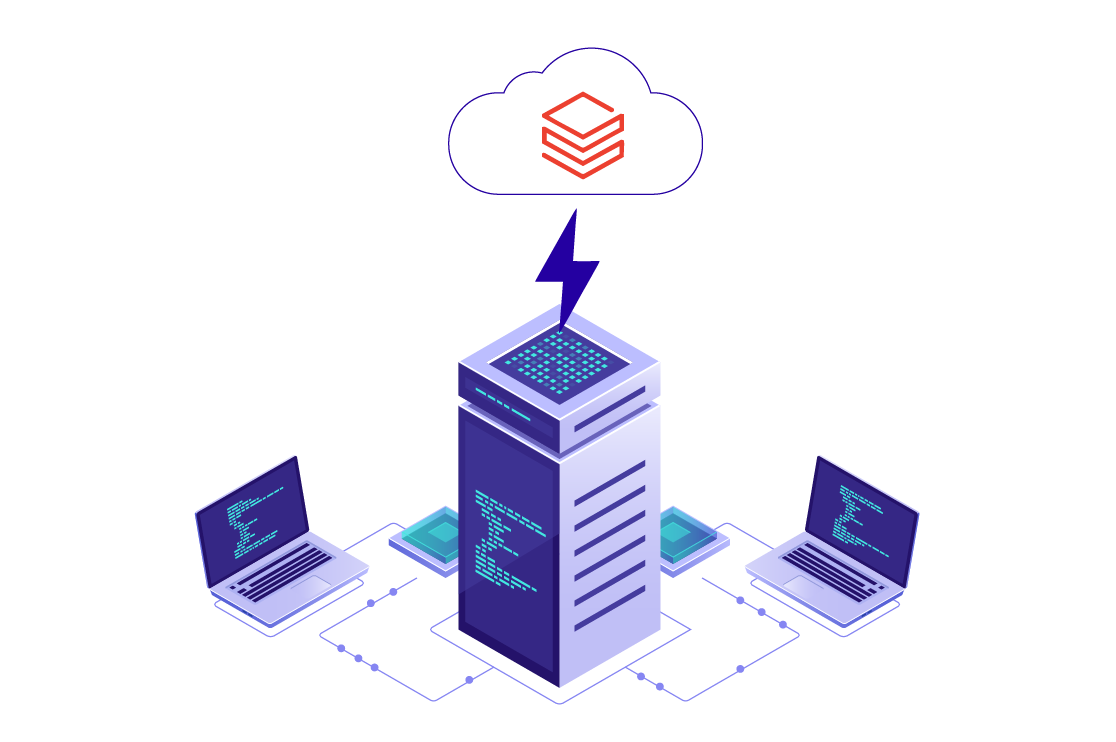 From Cost to Value: ROI Comparison Between Databricks and Traditional Data Warehousing
From Cost to Value: ROI Comparison Between Databricks and Traditional Data Warehousing 
